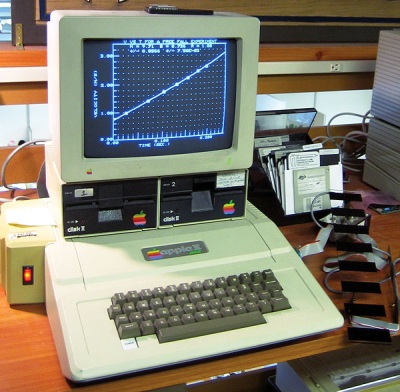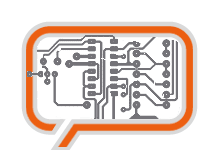A weblog focused on interesting circuits, ideas, schematics and other information about microelectronics and microcontrollers.
E-books
Disclaimer
Because I have not tested all electronic circuits mentioned on this pages, I cannot attest to their accuracy; therefore, I do not provide a warranty of any kind and cannot be held responsible in any manner.
Apple II emulator
This project attempted to reconstruct a functional Apple II emulated on Atmel ATmega32 processors. Due to time constraints, a fully functional Apple II was not produced; however, a working emulated 6502 processor, memory subsystem, and partial GPU was produced.
 (Not a real photo of this project; just an illustrational picture)
(Not a real photo of this project; just an illustrational picture)
The Apple II was the first popular microcomputer manufactured by Apple. It used a 1MHz MOS Technology 6502 processor, had 4KB RAM (addressable 64KB), an audio cassette interface for data storage (later replaced by a floppy disk drive), and color graphics capability by NTSC composite video output. Originally, it ran IntegerBASIC, a BASIC interpreter that served as its operating system. This project attempted to emulate an Apple II system without sound, using Atmel ATmega32 processors and some external hardware. Constructing a fully functional Apple II would result in a usable personal computer, capable of running vintage personal computing software as well as any new software desired when compiled to the 6502.
In order to provide a more challenging project and to provide a modern update for future compatibility, the CPU was emulated in AVR assembly. The project fulfills the Apple II's capacity for SRAM through the use of two external 32KB SRAM chips. A GPU was implemeted in AVR assembly to use DMA (Direct Memory Access) to access the common RAM for 40x40 16 color NTSC display, as occurred in the original Apple II. Finally, PS/2 keyboard input was processed by the CPU and translated to equivalent Apple II keyboard input access on the fly. The computer as a whole can be viewed as being under the central control of the CPU, with each subsystem as subsidiary components.
Link: Apple II emulator
